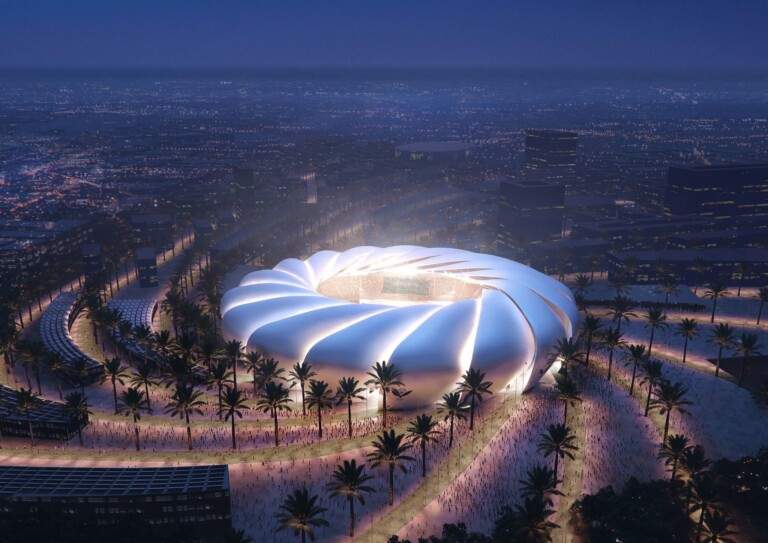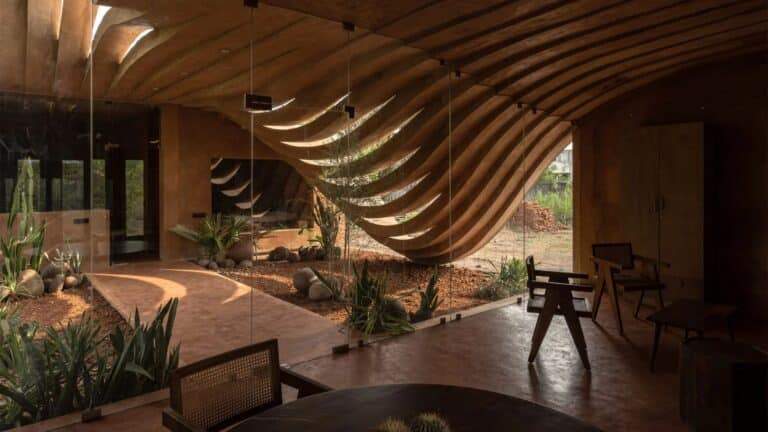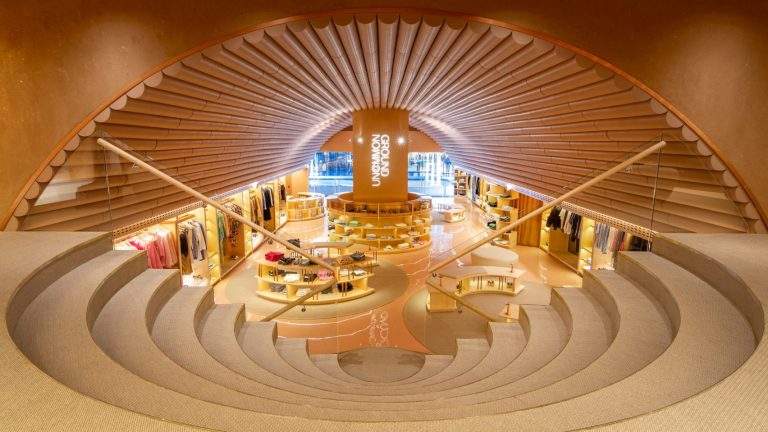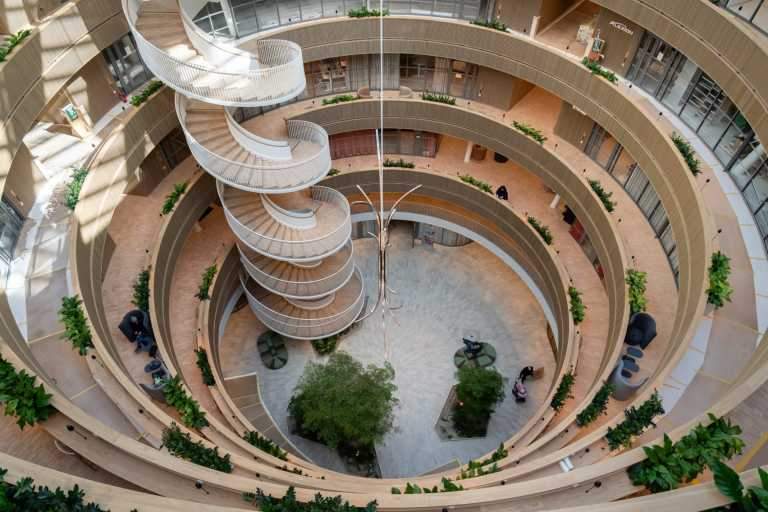Architectural Insight: Exploring Lo Curro The Elite Hillside Enclave in Santiago, Chile
Tucked gracefully atop the lush green hillsides overlooking Santiago, Chile, the exclusive neighborhood of Lo Curro presents a captivating intersection of affluence, architectural innovation, and cultural diversity. Renowned for its luxurious homes, Lo Curro is more than just a neighborhood it’s a visual journey into Chile’s modern architectural ambitions and cultural heritage.
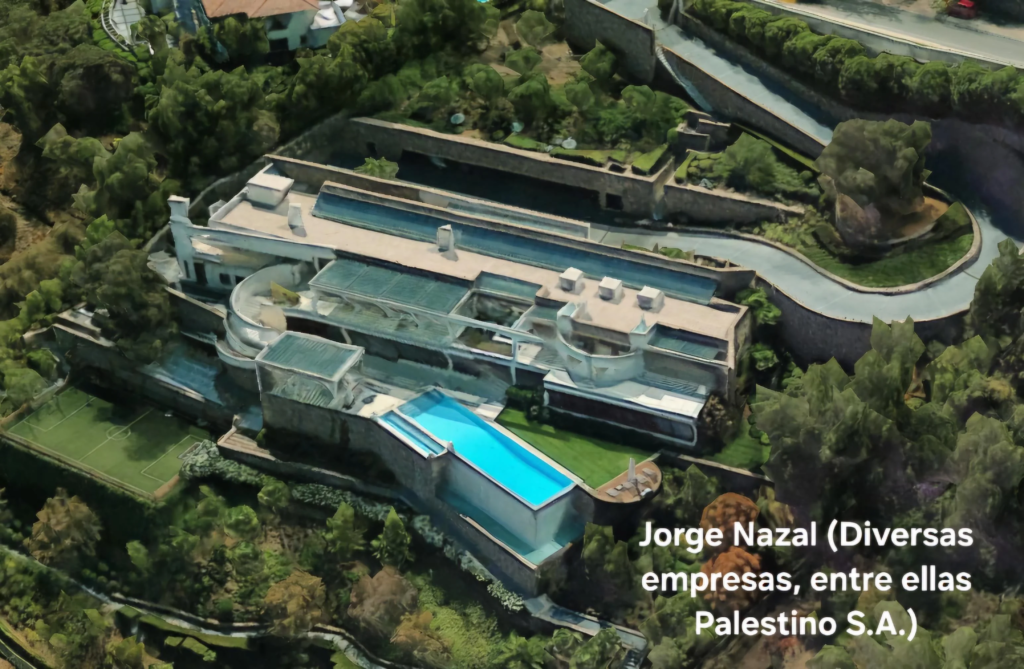
Elevated Living: Architecture Among Santiago’s Wealthiest
Perched strategically on rolling terrain, the residences in Lo Curro command sweeping panoramic views of Santiago’s skyline, framed by the stunning backdrop of the Andes Mountains. This natural positioning not only adds aesthetic appeal but also dictates unique architectural responses, compelling architects to design structures that integrate harmoniously with the challenging landscape.
Here, each house seems to whisper its own narrative, a testament to refined taste and distinguished craftsmanship. The architects behind these designs embrace innovative concepts such as cantilevered terraces, extensive use of panoramic glass façades, and careful integration with the surrounding landscape. As a result, homes in Lo Curro are celebrated not merely for their grandeur, but for their meticulous attention to context, sustainability, and natural beauty.
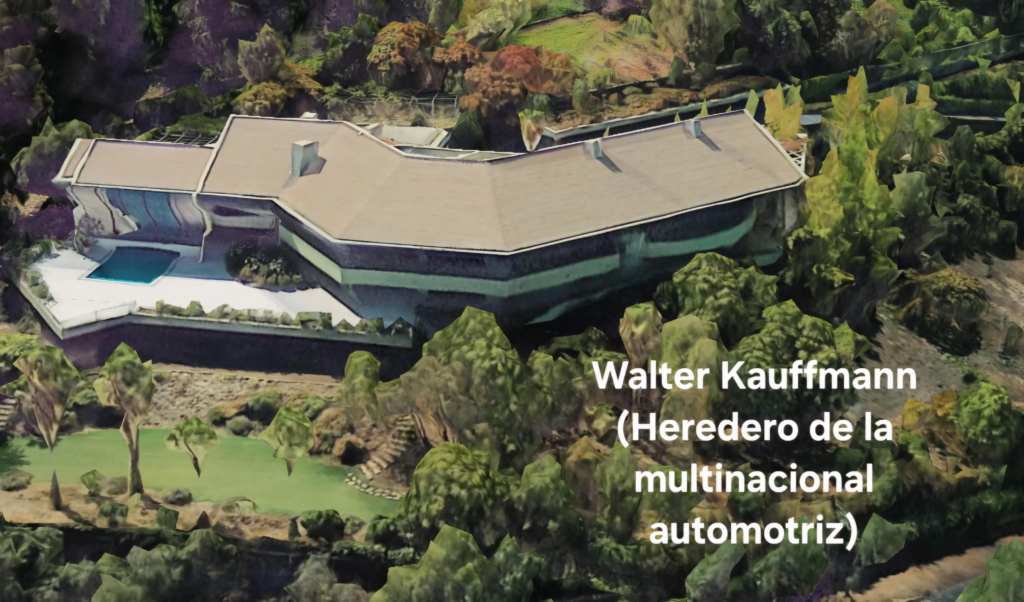
Arab Heritage and Cultural Influence
One of the lesser-known yet intriguing dimensions of Lo Curro’s social fabric is the significant proportion of residents with Middle Eastern, particularly Arab, heritage. This cultural influence is subtly woven into the architecture, blending traditional Chilean elements with sophisticated Arab-inspired motifs and spatial concepts.
This fusion creates homes with distinctive identities, where traditional Arabic architectural features such as ornate detailing, inner courtyards, water elements, and privacy-centric layouts beautifully intermingle with contemporary Chilean design principles. It’s not uncommon to find residences that elegantly showcase the delicate interplay of cultural duality: modern minimalism meeting the warmth and intricacy of Arab architecture.

Notable Architectural Styles and Elements in Lo Curro
- Modernist Minimalism: Clean lines, open spaces, and expansive glazing characterize many homes, embracing Santiago’s bright climate and stunning vistas.
- Sustainable Luxury: Green roofs, solar panels, and innovative water management systems underline a commitment to environmental responsibility.
- Integration with Nature: Homes in Lo Curro frequently adopt organic shapes, materials like stone and timber, and generous outdoor spaces to foster a seamless indoor-outdoor living experience.
- Arab Architectural Influences: From intricate lattice screens (mashrabiya) enhancing privacy while allowing daylight to penetrate, to serene water gardens reminiscent of traditional Middle Eastern homes, this neighborhood subtly honors its cultural heritage.
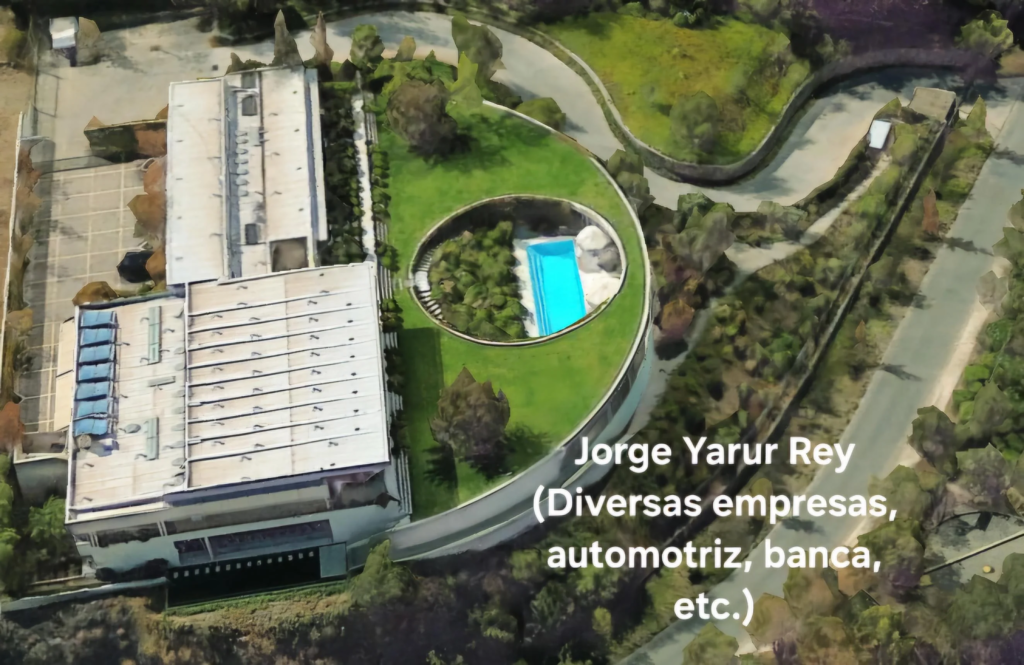
The Socioeconomic Fabric: A Neighborhood of Chile’s Elite
Lo Curro is home to some of Chile’s most affluent individuals, including business magnates, notable entrepreneurs, and influential figures. The architectural refinement evident here is a direct reflection of its residents’ aspirations, with homes designed not only to symbolize wealth but also to offer unmatched privacy, tranquility, and status.
This exclusivity makes Lo Curro more than just a residential zone it’s a cultural and architectural landmark within Santiago, indicative of Chile’s broader economic success story and its evolving cosmopolitan identity.

Conclusion: Lo Curro – Where Architecture Reflects Identity and Ambition
Lo Curro stands as a symbol of architectural sophistication and cultural convergence in the heart of Santiago. It represents a unique Chilean narrative where geography, wealth, and heritage seamlessly intertwine, creating homes that are at once stunningly contemporary, respectfully traditional, and perpetually inspiring.
Exploring Lo Curro isn’t just a journey through luxurious dwellings; it’s a deeper insight into how architecture shapes and is shaped by the lives, ambitions, and identities of those who call it home.



